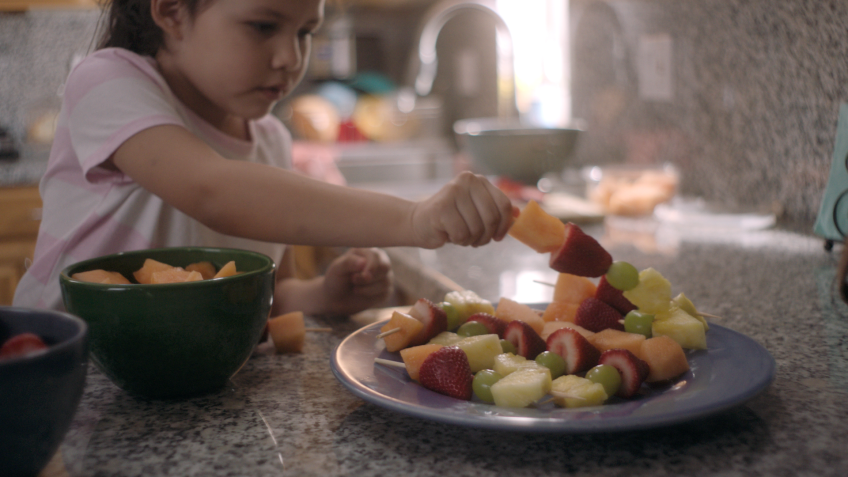Patterns: Glossary

Here are some key terms to remember when teaching your child about patterns.
Language:
Terms for Parents
- A sequence is a connected series of things arranged in an order. For example, your name is a sequence of letters.
- A pattern is a sequence of things in our world — like numbers, colors or shapes — that repeats over and over and follows a rule.
- An alternating pattern is one where objects switch consistently as the sequence repeats. For example, the pattern of the colors orange, yellow, orange, yellow, is an alternating one.
- A growing pattern is one where more objects are added for each repetition. For example, the pattern A/B/A/A/B/A/A/A/B, is a growing one.
- A pattern's rule refers to the way it repeats.
- Extending a pattern means adding to it, following its rule.
- Filling in a pattern means identifying what goes in a blank spot within it.
Math Talk
The more you talk with your child about patterns, the more your child's pattern identifying skills will grow. Here are some conversation starters to practice with your child:
- "I have so many different colors of socks! Can you make a pattern with the white and blue ones?"
- "These towels are all different sizes — let's make a pattern that goes small, medium, large, small, medium, large."
- "You and your brother have lots of shirts. Let's sort them in a pattern — one for you, one for your brother, one for you, one for your brother… "
- "Look how the dots on these plates are in rows."
- "I made a line of cups — first a glass cup, then a plastic one, then a mug. Now I'm going to repeat it — glass, plastic, mug, glass, plastic, mug."
- "We have metal and plastic forks. Can you put them in a pattern that grows — metal, plastic, metal, metal, plastic, plastic, metal, metal, metal, plastic, plastic… what comes next? Plastic!"
Up Next
Support Provided By



